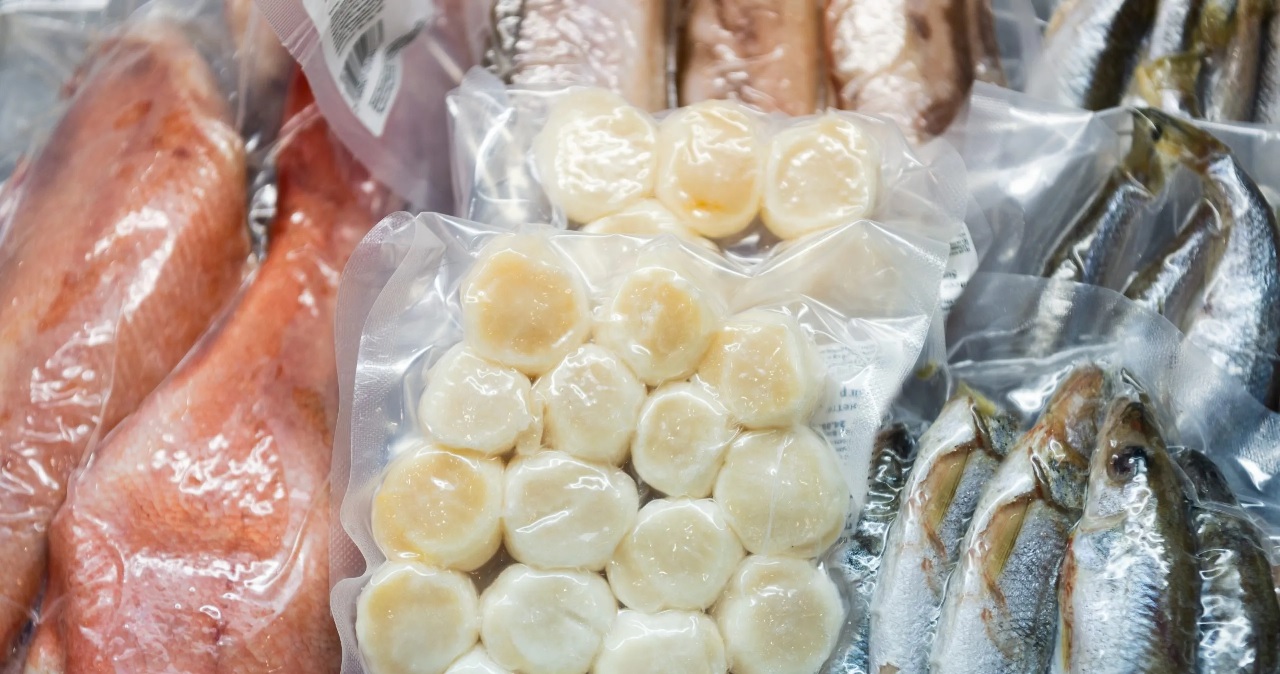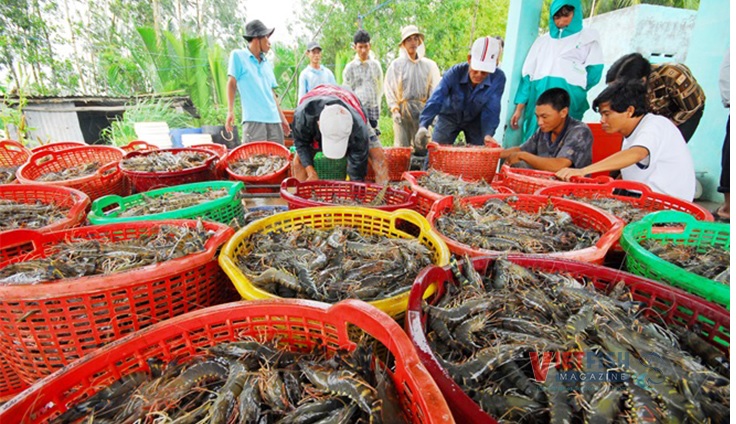(seafood.vasep.com.vn) The Seafood Expo North America, which has just taken place from March 12-14, was the outstanding event in March 2023. The event has attracted hundreds of businesses around the world, including 17 enterprises from Vietnam.
This year, the number of businesses participating in this fair increased sharply, especially in the Asia and Pacific region. Many traditional partners and new importers came to the fair with the desire to find Vietnamese products. Therefore, this year's Fair is expected to promote Vietnam's seafood trade with the US and other importing countries.
Exports to the US tended to decline from the last quarter of 2022 and continued to decline deeply in the first 2 months of 2023. Up to now, the US only accounts for 14.5% of Vietnam's total seafood exports, but still holds the No. 1 import market position.
Although inflation has slowed down, gasoline prices have fallen, but production costs and prices of practical products in the US remain high. Consumers still have to tighten their spending during this period, they prefer to consume products with lower prices.

Due to high inflation, consumption of frozen seafood in the US increased sharply
Therefore, the average price of US seafood imports in the first month of the year fell by more than 9% compared to the same period last year. Vietnam is also among the countries that have reduced exports to the US because the average export price has decreased by the same amount.
By the end of February 2023, Vietnam's seafood exports to the US reached US$155 million, down 55% over the same period last year. In which, shrimp accounted for 37%, tuna accounted for 23%, pangasius accounted for 17% and other marine fish products accounted for 15%.
In the context of inflation, the US seafood import and consumption will increase in the frozen segment and decrease more in the value-added processed goods segment, the export price will continue to decrease compared to 2022. It will be difficult to have a strong breakthrough in the coming months.
In addition to the US market, in the scenario of Vietnam's seafood export in 2023, China is considered the driving force, after the country completely lifted the zero Covid policy.
However, China is like a “big pie” being shared by many exporting countries, creating too much competitive pressure. For Vietnam, there are two biggest competitors, Ecuador and India, which are occupying a dominant market share with more than 60% of China's shrimp imports. The strength of these two countries is frozen shrimp products, small size with cheap price. Not only shrimp, other seafood products such as marine fish, cephalopods,etc. Vietnam also faces competition.

Vietnamese shrimp faces strong competion from other suppliers such as India and Ecuador in the Chinese market
In the first two months of 2023, seafood exports to China and the US reached nearly 151 million USD, down 11% over the same period, mainly because of the decrease in January. Seafood exports to this market in February had quite positive results with an increase of 25%, export of many marine fish species increased sharply.
Beside key products like pangasius, Vietnamese seafood enterprises can make all use of strengths from fresh/live seafood exported to the Chinese market, for the restaurant, hotel, and tourism segments. For example: black tiger shrimp, lobster, sea fish, crab, oyster, fresh/raw scallop. In addition, enterprises can approach the Chinese market from a local perspective. There are localities in China with characteristics and consumption habits similar to Vietnam, preferring Vietnamese seafood products over other countries. To illustrate, Guangxi imports more than 75% of seafood from Vietnam, only 25% from other countries.
Vietnam's seafood exports in February showed signs of recovery compared to the previous month and are expected to be more positive in the coming months. Vietnam’s seafood exports in the first quarter are estimated to reach about $1.9-2 billion, down 25% compared to the same period last year.
Compiled by Thuy Linh